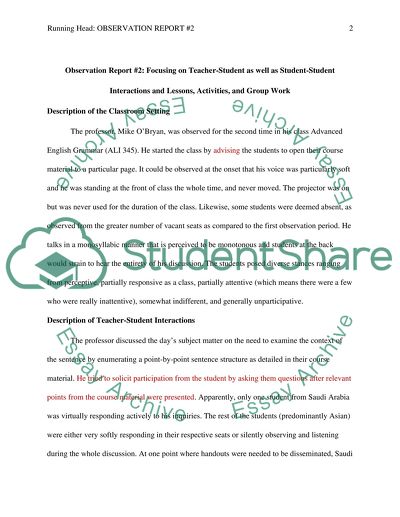Cite this document
(“Observation of Teaching English Focusing on Teacher-Student as well as Essay”, n.d.)
Retrieved from https://studentshare.org/english/1459801-course-observation-of-teaching-english-observation
Retrieved from https://studentshare.org/english/1459801-course-observation-of-teaching-english-observation
(Observation of Teaching English Focusing on Teacher-Student As Well As Essay)
https://studentshare.org/english/1459801-course-observation-of-teaching-english-observation.
https://studentshare.org/english/1459801-course-observation-of-teaching-english-observation.
“Observation of Teaching English Focusing on Teacher-Student As Well As Essay”, n.d. https://studentshare.org/english/1459801-course-observation-of-teaching-english-observation.


